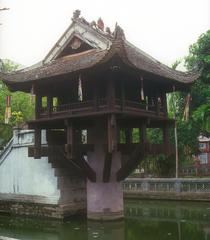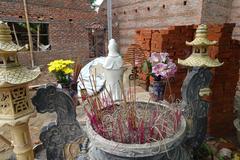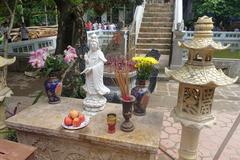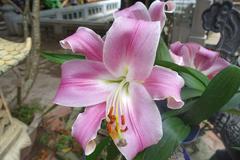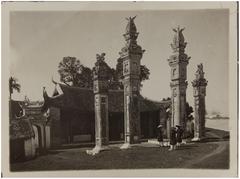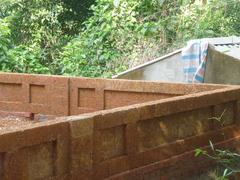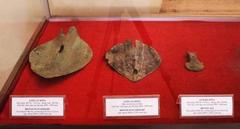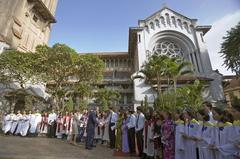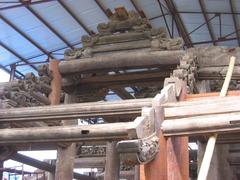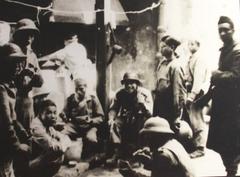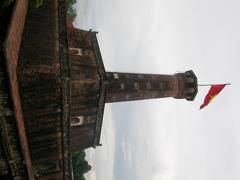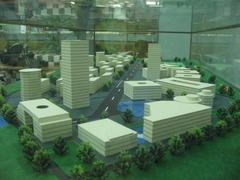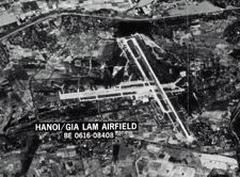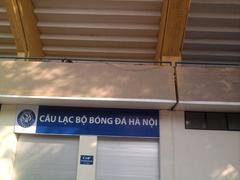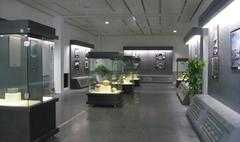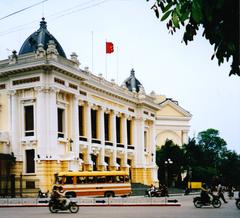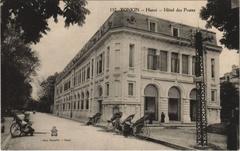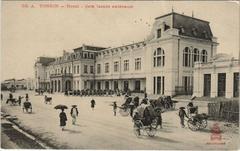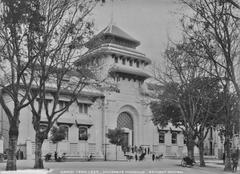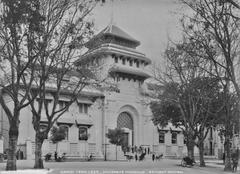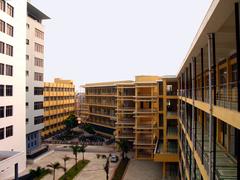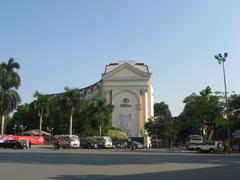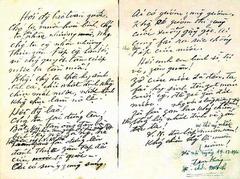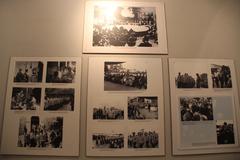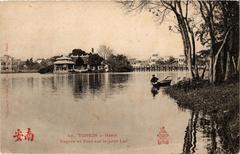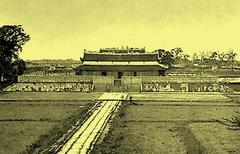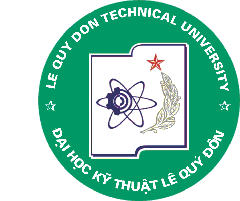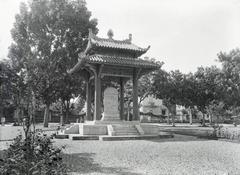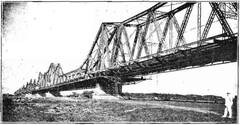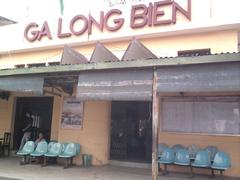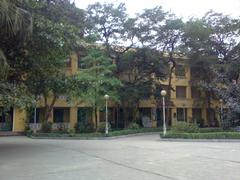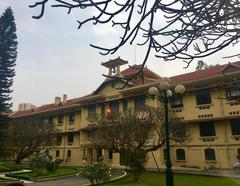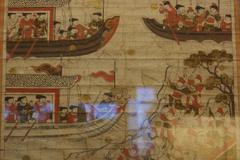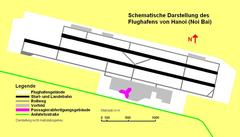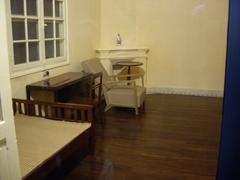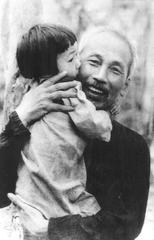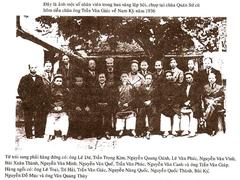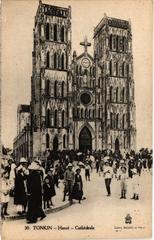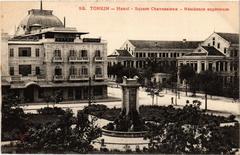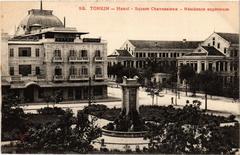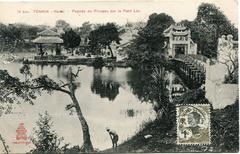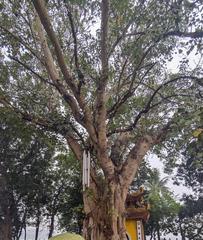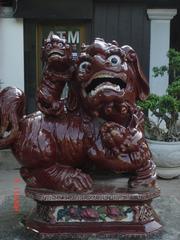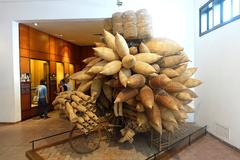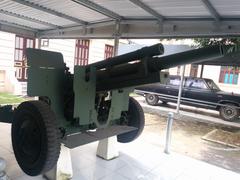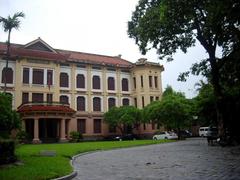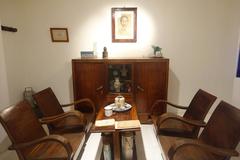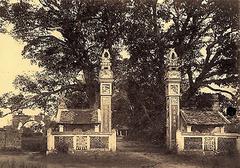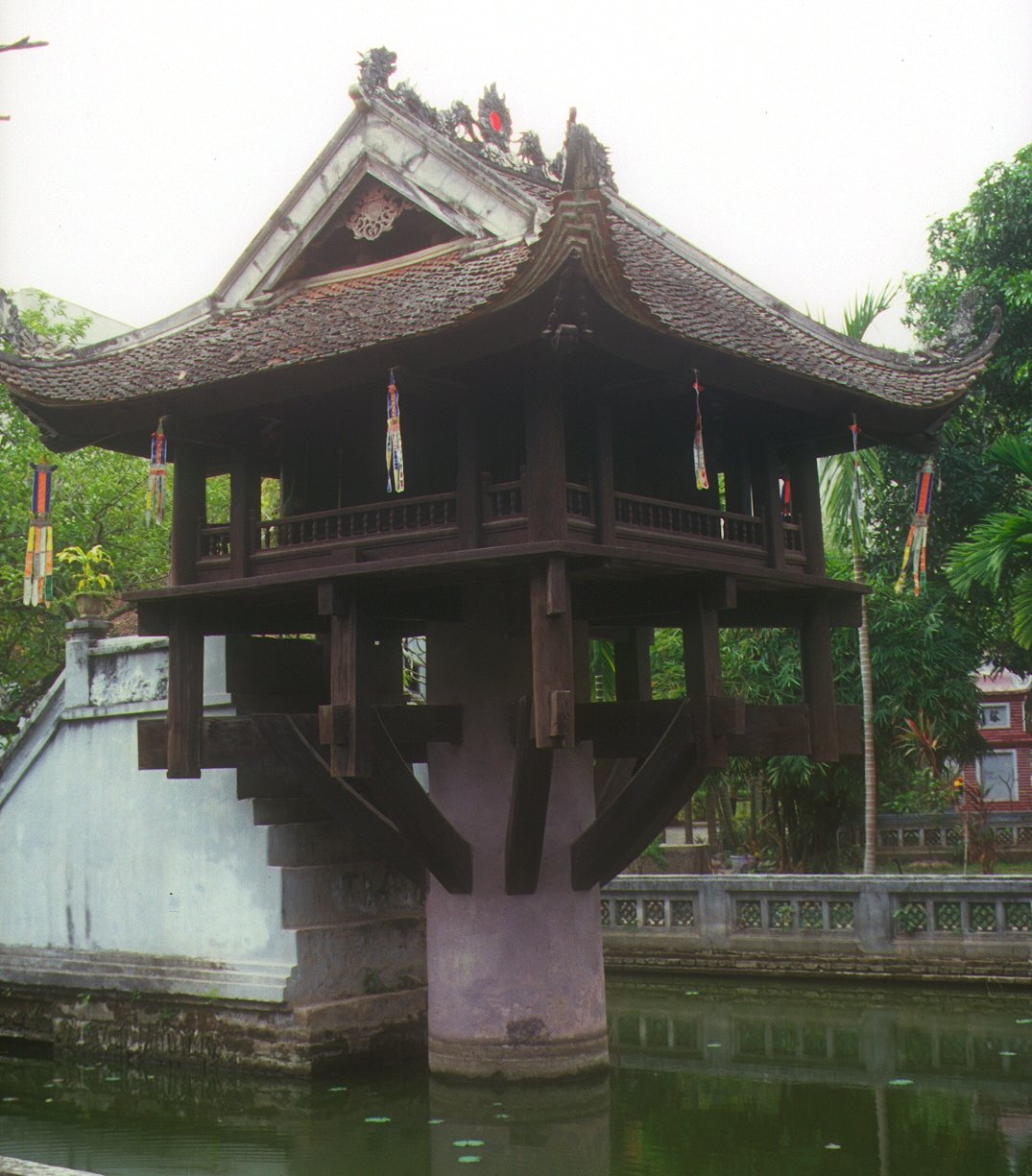
Comprehensive Guide to Bảo tàng Hồ Chí Minh in Hanoi, Vietnam
Date: 18/07/2024
Introduction
The Bảo tàng Hồ Chí Minh, or Ho Chi Minh Museum, in Hanoi, Vietnam, is not just a conventional museum; it’s a profound journey through the life of President Ho Chi Minh and the revolutionary history of Vietnam. The museum, along with the Ho Chi Minh Mausoleum, forms an integral part of the Ho Chi Minh Complex, a site imbued with historical significance and national pride. Situated in Ba Đình Square, where Ho Chi Minh proclaimed the independence of Vietnam on September 2, 1945 (source), the mausoleum and museum stand as enduring symbols of the country’s struggle for freedom and its reverence for its beloved leader. This comprehensive guide aims to provide you with all the essential information needed for a meaningful visit, including the historical context, visitor details such as opening hours and ticket prices, and useful travel tips. Whether you’re a history enthusiast, a cultural explorer, or a first-time visitor to Hanoi, this guide will help you navigate the Ho Chi Minh Complex and appreciate its monumental significance.
Table of Contents
- Introduction
- Historical Background and Significance
- Visitor Information
- A Place of Reverence and Reflection
- Beyond the Mausoleum - Exploring the Complex
- Nearby Attractions and Accessibility
- FAQs
- Conclusion
Historical Background and Significance
Ho Chi Minh’s Vision and Legacy
The Ho Chi Minh Mausoleum, a prominent landmark in Hanoi, stands as a testament to the enduring legacy of Ho Chi Minh, the revered leader of Vietnam during its struggle for independence and reunification. While the decision to embalm his body sparked debate, the mausoleum has evolved into a symbol of Vietnamese national unity and a tribute to Ho Chi Minh’s profound impact on the nation’s history.
From Humble Beginnings to National Symbol
The mausoleum’s history is intertwined with the tumultuous events of the 20th century. Following Ho Chi Minh’s death in 1969, amidst the Vietnam War, the Vietnamese government faced a pivotal decision. Inspired by the preservation of Lenin’s body in Moscow, they opted to embalm Ho Chi Minh’s remains, aiming to preserve his image and legacy for generations to come.
Construction of the mausoleum commenced in 1973 at the site of Ba Dinh Square, where Ho Chi Minh had delivered his iconic Declaration of Independence on September 2, 1945, marking the birth of the Democratic Republic of Vietnam. The square held immense historical significance, having witnessed key moments in Vietnam’s struggle against French colonialism.
Architectural Inspiration and Construction
The mausoleum’s design, a blend of Vietnamese architectural elements and socialist realism, was entrusted to a team of Vietnamese architects led by Bui Quang Huy. Drawing inspiration from Lenin’s Mausoleum in Moscow, the team incorporated distinct Vietnamese features, such as the sloping roof reminiscent of traditional communal houses. The use of gray granite, quarried from Nghe An province, Ho Chi Minh’s birthplace, further emphasized the connection to Vietnamese heritage.
The construction process, a testament to national determination, involved contributions from countless Vietnamese citizens. Materials were sourced from across the country, symbolizing a unified effort to honor their beloved leader. Completed in 1975, the mausoleum’s inauguration coincided with the fall of Saigon, marking the end of the Vietnam War and the reunification of the nation.
Visitor Information
Visiting Hours
The Ho Chi Minh Mausoleum is open to visitors from 7:30 AM to 10:30 AM, Tuesday to Thursday and weekends (Saturday and Sunday). It is closed on Mondays and Fridays. Note that the mausoleum is closed for maintenance every September to November.
Ticket Prices
Entry to the Ho Chi Minh Mausoleum is free for all visitors. However, there may be charges for visiting other parts of the Ho Chi Minh Complex.
Travel Tips
- Dress Code: Visitors are required to dress respectfully. Avoid wearing shorts, sleeveless tops, and hats inside the mausoleum.
- Photography: Photography is strictly prohibited inside the mausoleum but allowed in the surrounding areas.
- Security: Expect security checks at the entrance. Large bags and cameras are not permitted inside.
A Place of Reverence and Reflection
Since its opening, the Ho Chi Minh Mausoleum has become a place of pilgrimage for Vietnamese citizens and international visitors alike. People from all walks of life come to pay their respects to Ho Chi Minh, reflecting on his life, teachings, and the sacrifices made during the country’s fight for independence.
Beyond the Mausoleum - Exploring the Complex
The mausoleum is just one element of the larger Ho Chi Minh Complex, a sprawling area encompassing several historically significant structures. These include:
- Presidential Palace: Built by the French colonial administration in the early 20th century, this grand palace served as the residence of French governors and later, Vietnamese presidents. While not open to the public, its distinctive architecture offers a glimpse into Vietnam’s colonial past.
- Ho Chi Minh’s Stilt House: A stark contrast to the Presidential Palace, Ho Chi Minh’s modest stilt house reflects his simple lifestyle and his connection to the common people. Preserved as it was during his lifetime, the house provides a poignant insight into the leader’s humility and his dedication to serving the nation.
- One Pillar Pagoda: Originally built in the 11th century, this unique pagoda, perched atop a single stone pillar, is a renowned Buddhist temple and a testament to Vietnam’s rich spiritual heritage. Destroyed by French forces during their withdrawal from Vietnam, the pagoda was faithfully reconstructed and remains a place of tranquility and reflection.
- Ho Chi Minh Museum: Inaugurated in 1990 to commemorate Ho Chi Minh’s 100th birthday, the museum offers a comprehensive overview of his life, work, and legacy. Through photographs, documents, and personal artifacts, the museum narrates the story of Ho Chi Minh’s journey from a young revolutionary to the revered leader of a nation.
Nearby Attractions and Accessibility
Nearby Attractions
- Temple of Literature: Just a short drive from the mausoleum, this ancient temple is dedicated to Confucius and is a symbol of Vietnam’s rich educational history.
- Hanoi Old Quarter: A bustling area with narrow streets and traditional shops, offering a glimpse into the local lifestyle and culture.
Accessibility
- Public Transport: The mausoleum is easily accessible by bus and taxi. Public transport maps and schedules are available at major hotels and tourist centers.
- Parking: Limited parking is available near the mausoleum. Visitors are advised to use public transport during peak hours.
FAQs
Q: What are the opening hours of Ho Chi Minh Mausoleum?
A: The mausoleum is open from 7:30 AM to 10:30 AM, Tuesday to Thursday and weekends. It is closed on Mondays and Fridays.
Q: How to buy tickets for Ho Chi Minh Mausoleum?
A: Entry to the mausoleum is free. However, there may be charges for other parts of the Ho Chi Minh Complex.
Q: Is photography allowed inside the mausoleum?
A: Photography is prohibited inside the mausoleum but allowed in the surrounding areas.
Conclusion
Visiting the Ho Chi Minh Mausoleum and the surrounding complex offers a multifaceted experience, allowing visitors to delve into the life and legacy of Ho Chi Minh while gaining a deeper understanding of Vietnam’s history, culture, and political landscape. The site stands as a poignant reminder of the country’s past struggles, its resilience, and its aspirations for the future. For more updates and travel tips, follow us on social media and download the Audiala mobile app.
